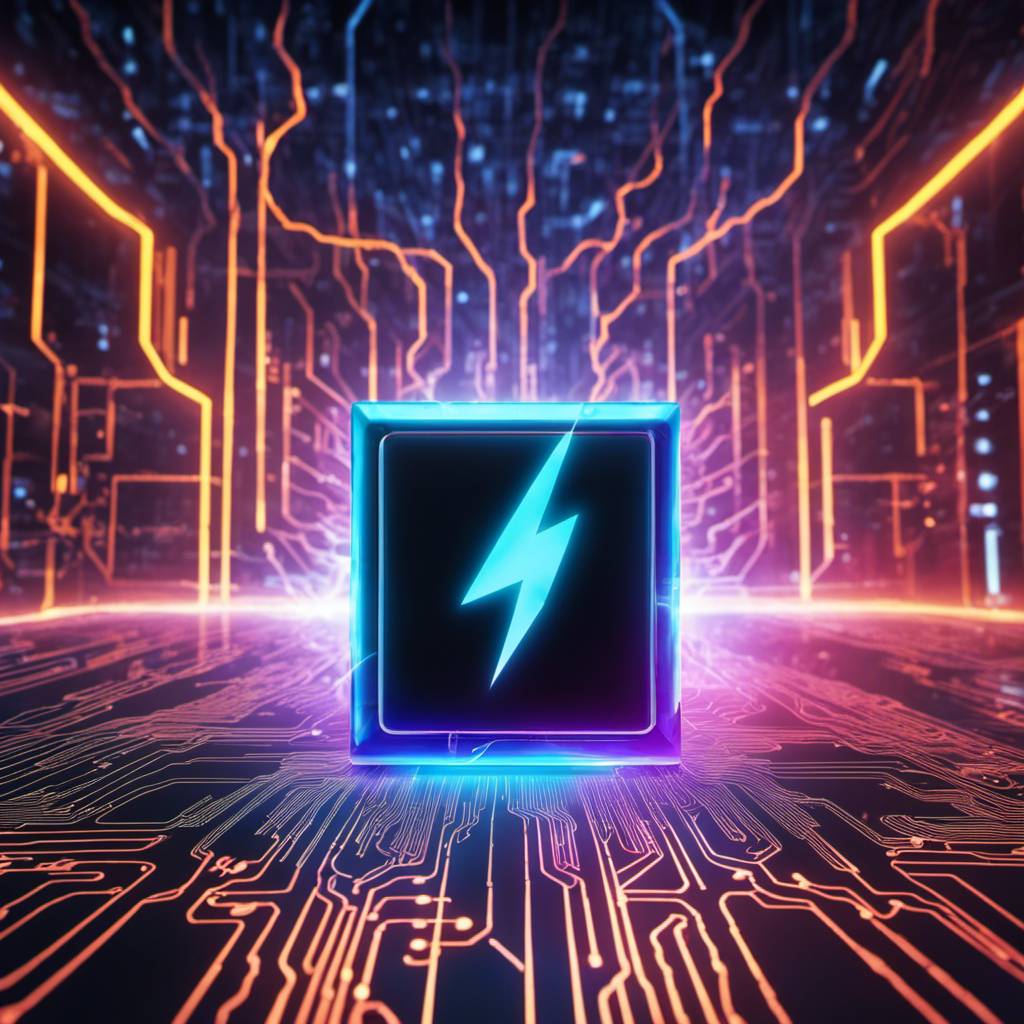MIT’s groundbreaking “Lightning” system has brought a new dawn to the world of computing. This pioneering photonic computing prototype is the first to serve real-time machine-learning inference requests by connecting photons to electronic components. With the slowing down of Moore’s Law, which predicted a yearly doubling of transistors on an electronic chip, the computing world is at a crossroads. The challenge lies in fitting more transistors on affordable microchips, and the quest for high-performance computers that can handle complex artificial intelligence models is intensifying.
Photonic computing has emerged as a promising solution to these challenges. Unlike traditional computing systems that rely on transistors and wires, photonic systems use photons – microscopic particles of light – to carry out computations in the analog domain. These energy packets, created by lasers, travel at light speed, akin to a spaceship flying at warp speed in a sci-fi movie. When integrated with programmable accelerators like network interface cards (NICs) or SmartNICs, these photonic computing cores can supercharge standard computers.
The brains behind this revolutionary technology are researchers at MIT, who have demonstrated the potential of photonics to speed up modern computing, particularly in the realm of machine learning. Their photonic-electronic reconfigurable SmartNIC, aptly named “Lightning,” assists deep neural networks in executing inference tasks such as image recognition and language generation in chatbots like ChatGPT.
However, integrating photonic computing devices presents its own set of challenges. Unlike their electronic counterparts, photonic devices are passive and lack memory or instructions for controlling data flows. This has been a significant hurdle for previous photonic computing systems. The Lightning system overcomes this by ensuring seamless data movement between electronic and photonic components.
According to Zhizhen Zhong, a postdoc in the group led by MIT Associate Professor Manya Ghobadi, “Photonic computing excels at accelerating bulky linear computation tasks like matrix multiplication, but requires electronics to handle memory access, nonlinear computations, and conditional logics.” The data exchange between photonics and electronics is critical for completing real-world computing tasks, such as machine learning inference requests.
The team at MIT, led by Ghobadi, who is also a member of the MIT Computer Science and Artificial Intelligence Laboratory (CSAIL), has been the first to identify and address this issue. They have successfully combined the speed of photonics with the dataflow control capabilities of electronic computers.
The Lightning system uses a unique count-action abstraction to connect photonics to the electronic components of a computer. This programming abstraction serves as a common language between the two, controlling access to the dataflows passing through. It translates information carried by electrons into light in the form of photons, which then work at light speed to assist with completing an inference task. The photons are then converted back to electrons to relay the information to the computer.
The team’s hybrid system is a breakthrough in real-time computing. Previous attempts used a stop-and-go approach, which slowed down data by a control software that made all decisions about its movements. The count-action programming abstraction in Lightning ensures a seamless connection between photonics and electronics, enabling high-speed real-time computing.
Machine learning services that perform inference-based tasks, like ChatGPT and BERT, currently require intensive computing resources. These not only come with hefty price tags but also have a significant environmental impact due to their high energy consumption. The Lightning system, on the other hand, uses photons that move faster than electrons and generate less heat, making it more energy-efficient.
The team at MIT compared Lightning’s energy efficiency with that of standard graphics processing units, data processing units, SmartNICs, and other accelerators by synthesizing a Lightning chip. The results were encouraging. “Our synthesis and simulation studies show that Lightning reduces machine learning inference power consumption by orders of magnitude compared to state-of-the-art accelerators,” says Mingran Yang, a graduate student in Ghobadi’s lab and a co-author of the paper.
In conclusion, the Lightning system presents a potential upgrade for data centers to not only reduce their carbon footprint but also accelerate the inference response time for users. It represents a significant leap in the field of photonic computing, bringing us closer to the future of high-speed, energy-efficient computation.
